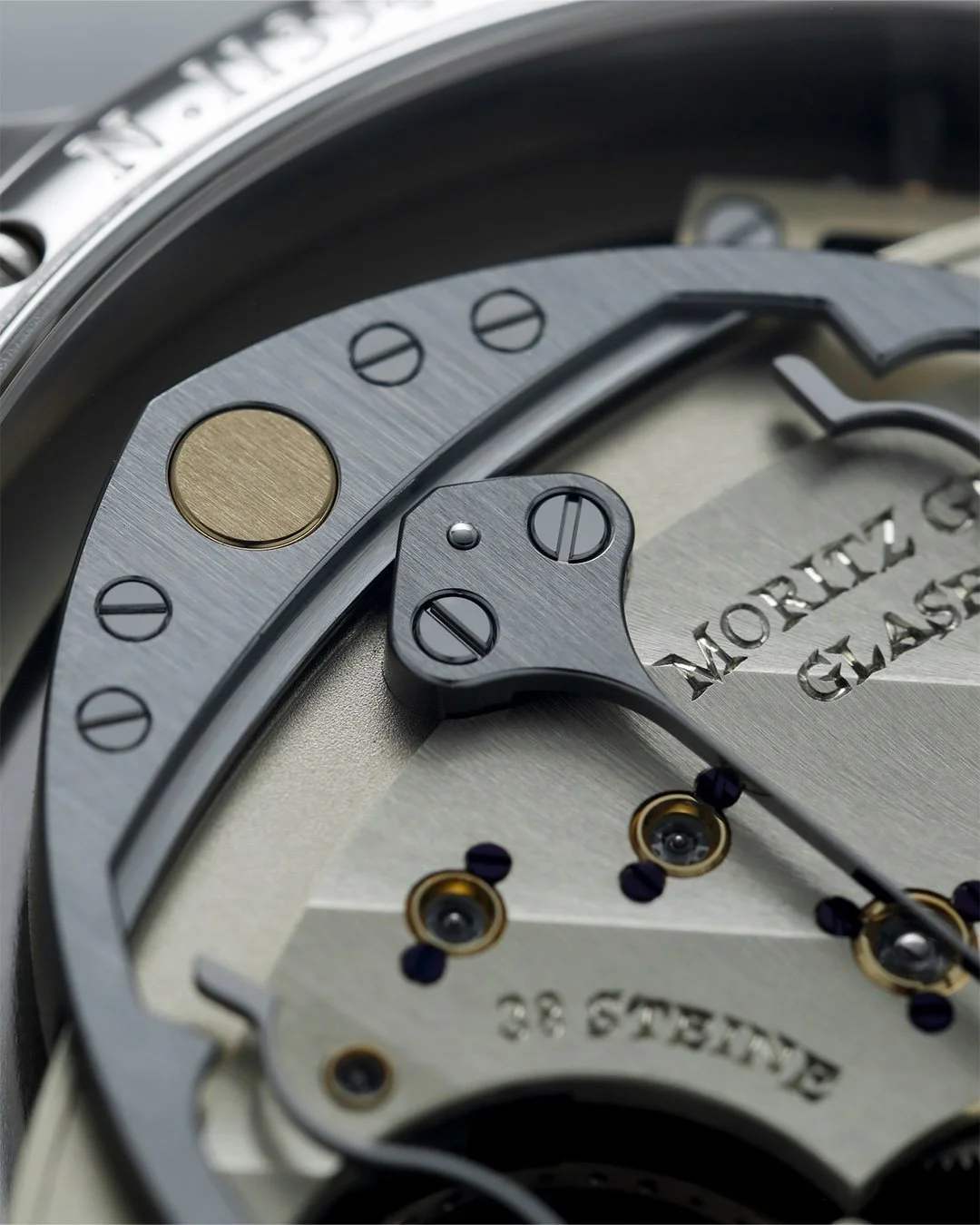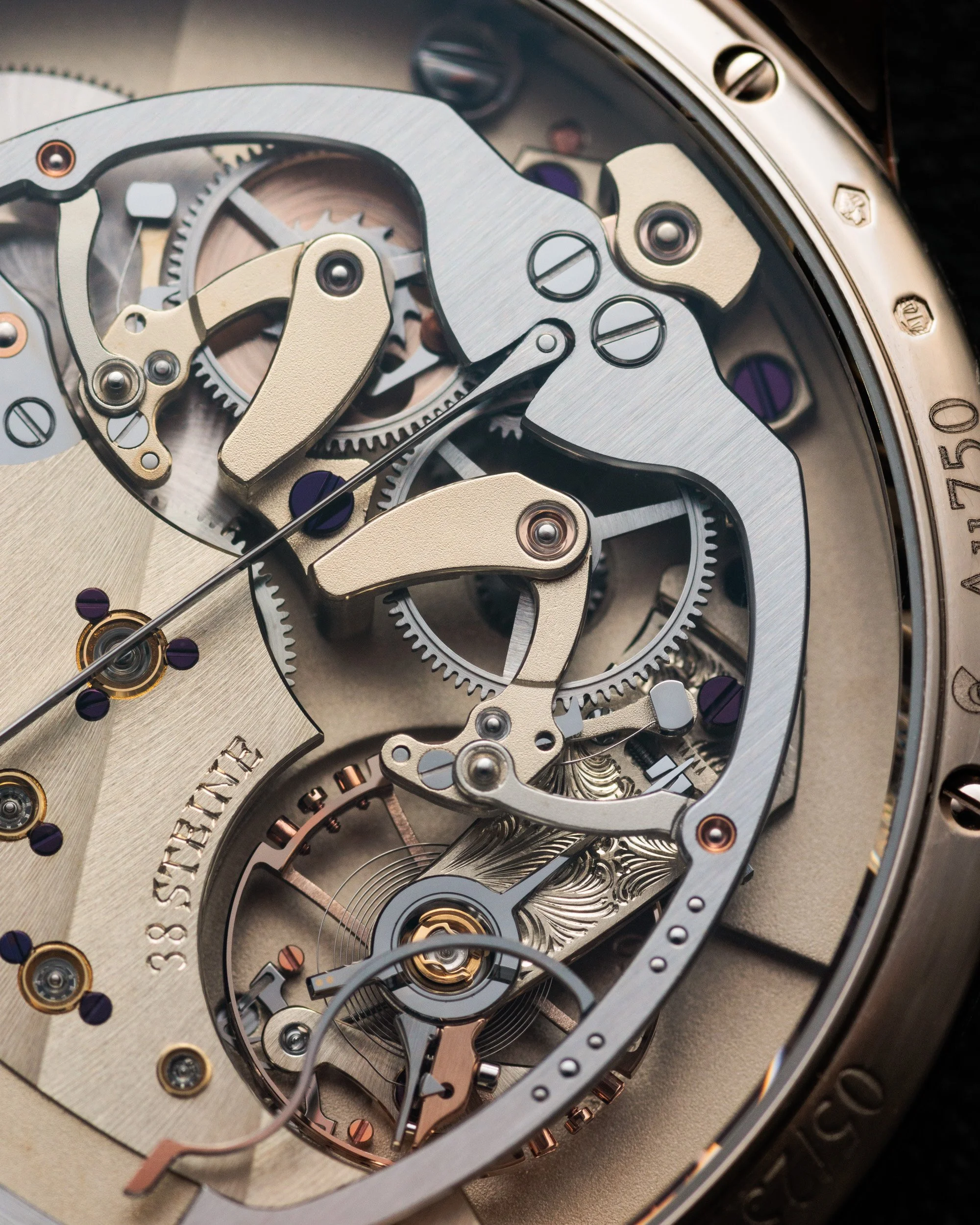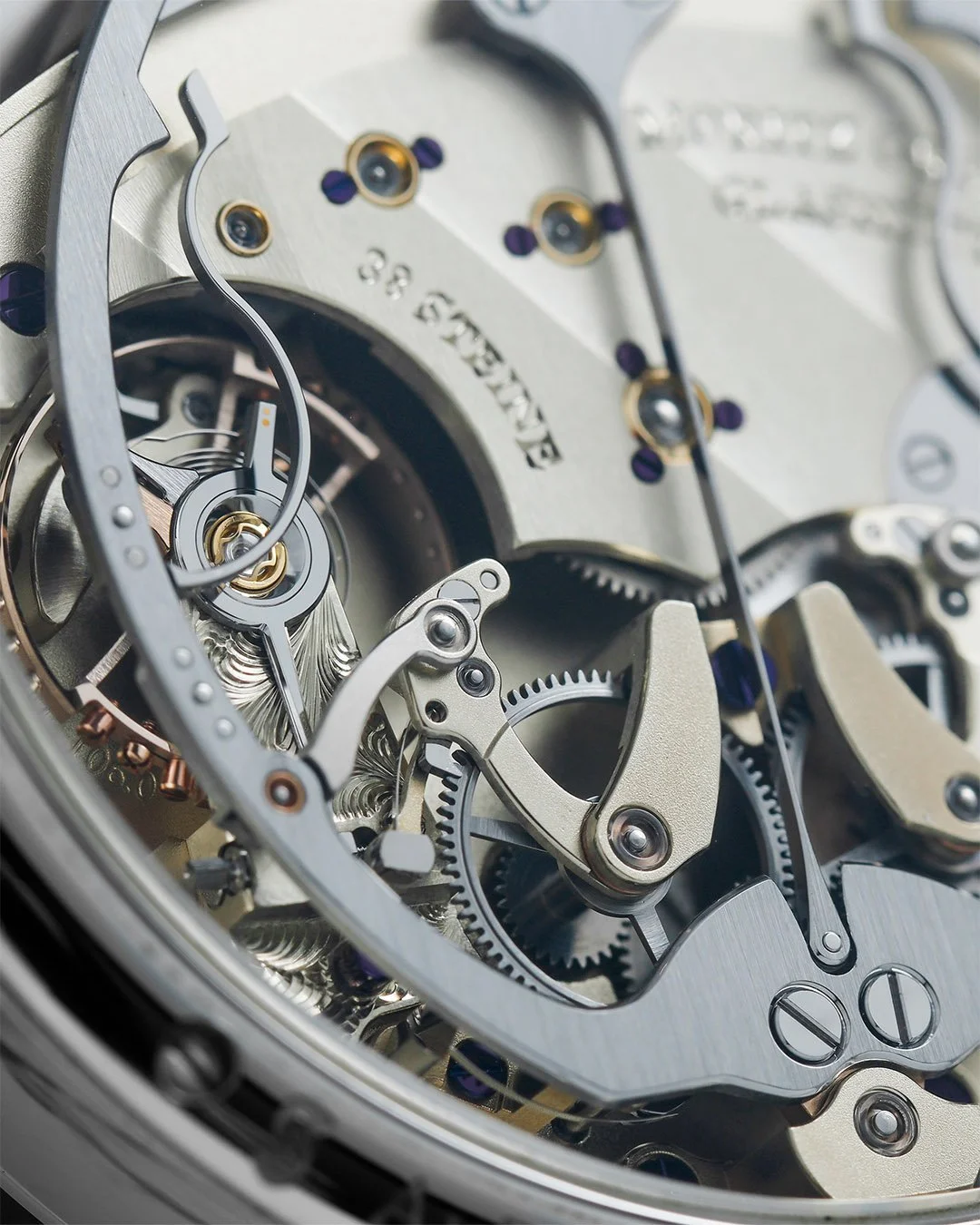Fantastic Calibers and Where to Find Them: Moritz Grossmann Cal. 106.0 in the HAMATIC
Moritz Grossmann is increasingly on the radar of indie watch collectors and enthusiasts, and for good reason. From the heart of the German watchmaking region, Glashütte, the brand was founded in 2008 and incrementally built out its manufacture and in-house capabilities over the last ~15 years. Since the brand's inaugural Benu release in 2010, the catalog has expanded rapidly with the TEFNUT, BACKPAGE, and HAMATIC – each showcasing Moritz Grossmann’s own approach to watchmaking. While respecting and preserving German watchmaking heritage, Moritz Grossmann pushes the boundaries with both technical and design innovations.
We’re continuing our series on fantastic modern movements in independent watchmaking with a focus on Moritz Grossmann’s Caliber 106.0, found in the brand’s HAMATIC timepiece. To some, this may be a surprising selection. It certainly flies under the radar for many, but Cal. 106.0 is a significant contribution to the history of watchmaking and we’re going to dig into why.
We were fortunate to speak with Christine Hutter and her team for their input on the development of this caliber.
What makes Caliber 106.0 so special?
At first glance, it’s not easy to grasp Moritz Grossmann’s Caliber 106.0 – there are few things to compare it to in modern watchmaking. The dial of the HAMATIC is a simple three-hander – many would guess that it is a manual-wind timepiece. All Moritz Grossmann timepieces up until the release of the HAMATIC were manual-wind, actually. But this is something entirely unexpected.
Showcased first as a prototype at Baselworld 2018, the HAMATIC introduced the brand’s all-new hammer-winding system. Inspired by Abraham-Louis Breguet’s Perpétuelle, the first automatic winding system in a timepiece from 1780, Moritz Grossmann completely modernized the pendulum-driven rotor for 21st century use. The only pendulum-driven rotor in any modern catalog, it’s a feast for the eyes of any collector.
Breguet’s Automatic Perpétuelle. Credit to Breguet.
While central rotors and micro-rotors rotate a full 360 degrees, the hammer covers a much more narrow space, oscillating left and right to load the mainspring. Nicely openworked, the massive hammer doesn’t block the stunning architecture, finishing, and balance wheel of the movement. The large, gold mass on the extreme end of the hammer creates the weight disparity that moves the rotor.
The two things that make this movement so extraordinary hinge on the engineering feats required to modernize this type of rotor. For context, it was always highly inefficient. Central rotors and micro-rotors became the status quo in watchmaking for pragmatic, functional reasons. Moritz Grossmann crafted the hammer-winding system to meet the efficiency standards of contemporary watchmaking. Thanks to the hammer’s center of gravity being significantly farther from the pivot (compared to central rotors), there is much more leverage and torque. This creates a much larger energy transfer to the mainspring, but not without figuring out how to manufacture the hammer-winding system with the robustness needed for everyday wear.
There is significantly greater shock with the hammer-winding system. As the rotor oscillates from right to left, it was paramount for the brand to develop a comprehensive way of dealing with shock absorption. Moritz Grossmann did this with two end springs that slow the hammer before it hits the limit of its movement while absorbing some of the vibrations that come from the oscillation as well.
Behind the development of Caliber 106.0
Speaking with Christiine Hutter and the Moritz Grossmann team, it became apparent that the path to develop the hammer-winding system was far from straightforward. Without anything for comparison, the team had to work from scratch, beginning with research, running feasibility studies and simulations, and of course, creating the prototypes.
A critical point for developing anything new, Hutter mentioned, “you always have to create the physical prototype, even after running all simulations. There are always things that the simulations will not catch. Sometimes, when it works on a computer or on paper, it doesn’t mean that it will work in the real world.”
Initially, the largest technical question marks were tied to the massiveness of the hammer – will it be too heavy and will it just break from its own force? Impact protection became the primary challenge, as the Moritz Grossmann team revealed, the ingenuity of those end-springs, covered above, required multiple rounds of tweaking throughout the prototyping process. Hutter mentioned the prototyping process for Cal. 106.0 was far from over, even as the timepiece was revealed at Baselworld 2018. “There were still optimizations that happened for around 18 months, until 2020. Around then, we knew the hammer-winding system was in the place we wanted it to be.” A huge feat, it’s astounding to see such an “old school” (actually, the oldest school) design for an automatic movement brought well into the 21st century.
On a higher level, there’s always this question of, “if it isn’t broken, then why fix it?” Central and micro-rotors are the status quo. They do the job. They’re functionally sound in design. But in the realm of haute horlogerie, there’s always value in going against the grain of the existing conventions – both for technical and aesthetic experimentation. As we covered in one first article on exceptional movements in modern independent watchmaking, Stephen McDonnell went well against the grain of perpetual calendar conventions to create one of the most user-friendly high complication timepieces ever. That’s the spirit of pioneering innovation and it pushes watchmaking forward as Moritz Grossmann does with its significant contribution to the craft – the hammer-winding system in Cal. 106.0.





